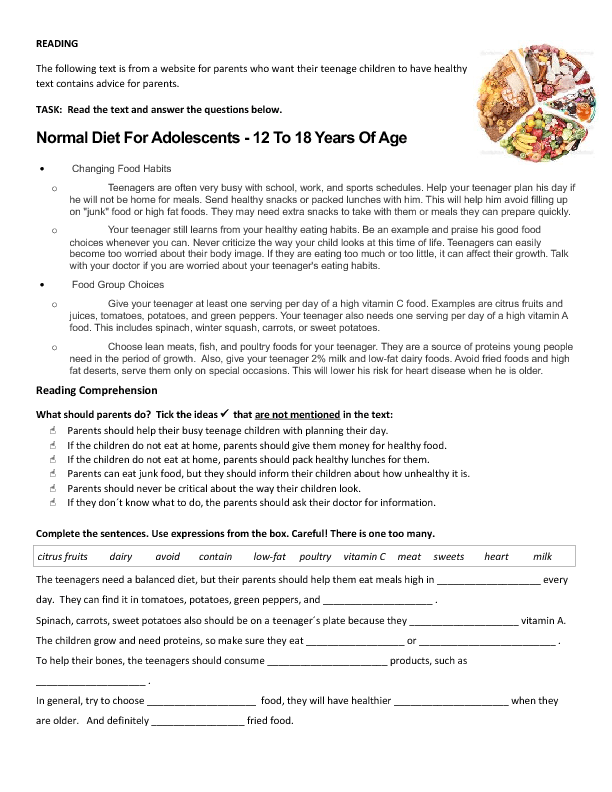
The Healthy Living Market and Cafe opened a new location at Williston in Vermont. The cafe is situated at 129 Market St. It's the third location for the popular healthy food market. The brand currently operates in Saratoga Springs and Manchester, Vt. The company is also expanding its presence in the local area, including the Williston store. A new store will be opened in Middlebury, Vermont soon.
The market is the most prominent independent natural-organic grocery store in the local area. The company has other locations in South Burlington (VT) and Saratoga Springs (NY). The company employs more than 320 team members in its stores and cafe. Its mission: To provide consumers with a first-class grocery experience. The business is dedicated to supplying local farmers with healthy, affordable foods. It also supports local farmers and has a triple bottom-line approach.
Michael Daley joined the Healthy Living Market and Cafe as a new chef. He will oversee the development of the company's HL Fresh line of prepared meals and salads. Chef Daley worked in kitchens with Michelin stars, AAA Five Diamonds and other prestigious awards. He was once the executive chef of Mourad Lahlou’s San Francisco restaurants. He was part a mission to create a sustainable alternative to fast food chains and help alleviate hunger.

Healthy Living Fresh is another new concept for food retail in Vancouver. The menu changes regularly and emphasizes creativity and fresh ingredients. The list of chefs includes Matthew Jennings, Culinary Director Scott Como and Derek Robert and Jimmy Winslow, VP of Culinary. The Healthy Living Market will make it feel like you are in the city. The market also offers healthy food and beverages for those who are interested in a healthy lifestyle.
Except for Quebec, federal, provincial, or territorial governments are implementing the Healthy Living Strategy. The strategy encourages regular physical activity and healthy eating to reduce the likelihood of developing chronic disease. The PHAC's Healthy Living Unit partners with counterparts throughout Canada to promote healthy living. It will support healthy eating habits and promote physical activity. It will also support and promote a healthy lifestyle among Canadians. Learn more about the Healthy Living Unit by clicking here
FAQ
How do you get enough vitamins?
You can obtain most of your daily requirement through diet alone. Supplements may be necessary if you are not getting enough of a particular vitamin. You can purchase a multivitamin that includes all of the vitamins you need. Or you can buy individual vitamins from your local drugstore.
Talk to your doctor if there are any concerns about getting enough nutrients. The best sources of vitamins K, E, and C are found in dark green leafy veggies such as spinach and broccoli, kale.
Ask your doctor if you're not sure how many vitamins you should take. Based on your medical history, and your current health status, your doctor will recommend the right dosage.
What are the 10 best foods to eat?
These are the top 10 foods to eat.
-
Avocados
-
Berries
-
Broccoli
-
Cauliflower
-
Eggs
-
Fish
-
Grains
-
Nuts
-
Oats
-
Salmon
Is it possible to have a weak immune system due to being cold?
Cold makes you weaker because you have less white blood cells to fight infection. Being cold can make you feel more comfortable because your brain releases endorphins which help reduce pain.
How does weight change with age?
How can you tell if your bodyweight has changed?
When there is more muscle mass than fat, weight loss can occur. This means that the amount of calories consumed must exceed the amount of energy used daily. Low activity levels are the most common cause for weight loss. You can also lose weight due to stress, illness, pregnancy, hormonal imbalances and certain medications. Weight gain is when there are more calories than muscle mass. It happens when people eat more calories than they use during a given day. The most common causes are overeating, increased activity, hormonal changes, and excessive calories.
Our bodies lose weight because we eat fewer calories than we burn. The main reason we lose weight is because we exercise more often. This increases our metabolism rate and burns more calories each day. But this doesn't guarantee that we'll lose weight. All that matters is whether we're losing weight or gaining muscles. Weight loss is possible if you burn more calories than you consume. However, if we consume more calories than we burn, we end up storing them as extra fat.
As we grow older, we tend to become slower at moving around and therefore we don't move as much. We also tend have less food to eat than when our children were young. We tend to gain weight. We also tend to look larger because we have more muscle.
There's no way to tell how much weight you've lost unless you weigh yourself every week. There are many ways you can measure your weight. You can also measure your waist, hips or thighs. Some prefer to use bathroom scales, while others prefer tape measures.
To track your progress, weigh yourself once a week. Measure your waistline once per month. To track your progress, you can also take photos every few months of yourself to see how far it has come.
Online, you can find out your height and weight. If you're 5'10' tall and weigh 180lbs, you'd likely weigh 180lbs.
What are the top 10 healthy habits?
-
Every day, eat breakfast.
-
Don't skip meals.
-
Eat a balanced, healthy diet.
-
Get plenty of water.
-
Take care of your body.
-
Get enough sleep.
-
Avoid junk foods.
-
Do some exercise every day.
-
Have fun
-
Meet new people.
Statistics
- In both adults and children, the intake of free sugars should be reduced to less than 10% of total energy intake. (who.int)
- The Dietary Guidelines for Americans recommend keeping added sugar intake below 10% of your daily calorie intake, while the World Health Organization recommends slashing added sugars to 5% or less of your daily calories for optimal health (59Trusted (healthline.com)
- nutrients.[17]X Research sourceWhole grains to try include: 100% whole wheat pasta and bread, brown rice, whole grain oats, farro, millet, quinoa, and barley. (wikihow.com)
- This article received 11 testimonials and 86% of readers who voted found it helpful, earning it our reader-approved status. (wikihow.com)
External Links
How To
What does the term "vitamins" mean?
Vitamins are organic substances found naturally in food. Vitamins aid us in absorbing nutrients from the food we eat. Vitamins are not made by the body, so they must be obtained through food.
There are two types of vitamins: water soluble and fat soluble. Water soluble vitamins dissolve easily in water. You can find vitamin C,B1 or thiamine, B2 or riboflavin and B3 or niacin, B3/niacin, B6/pyridoxine, folic Acid, biotin and pantothenic Acid as examples. The liver and fat soluble vitamins are stored within the liver and in fatty tissue. You can find vitamin D, E K, A, beta carotene, and other fat-soluble vitamins.
Vitamins can be classified according to biological activity. There are eight major groups of vitamins:
-
A - Vital for normal growth and maintaining good health.
-
C - important for proper nerve function and energy production.
-
D – Essential for healthy teeth, bones and joints
-
E is needed for good reproduction and vision.
-
K - essential for healthy muscles, nerves, and bones.
-
P - Essential for strong bones and teeth.
-
Q – aids digestion of iron and iron absorption
-
R - Required for red blood cell production
The recommended daily allowance (RDA), for vitamins, varies depending upon age, gender, or physical condition. RDA values are set by the U.S. Food and Drug Administration (FDA).
For adults aged 19 and older, the RDA for vitamin B is 400 micrograms daily. For fetal development, pregnant women need 600 mg per day. Children ages 1-8 require 900 micrograms per day. Children under 1 year old require 700 micrograms daily, while infants over one year old need 500 micrograms every day. This decreases between 9 and 12 months.
Children aged between 1-18 years require 800 micrograms of sugar per day, while overweight children need 1000 micrograms. Children who are underweight receive 1200 micrograms every day to meet their nutritional requirements.
Children 4-8 years old who have anemia must consume 2200 micrograms of Vitamin C daily.
2000 micrograms is the minimum daily intake for adults over 50 years old to maintain good health. Mothers who are pregnant, nursing, or have a high nutrient need will require 3000 micrograms a day.
Adults over 70 need 1500 micrograms daily, as they lose 10% of their muscle every ten years.
Women who have been pregnant or are lactating require more than the RDA. Pregnant mothers need 4000 micrograms per daily during pregnancy and 2500 after giving birth. Breastfeeding moms need 5000 micrograms each day when breastmilk production occurs.